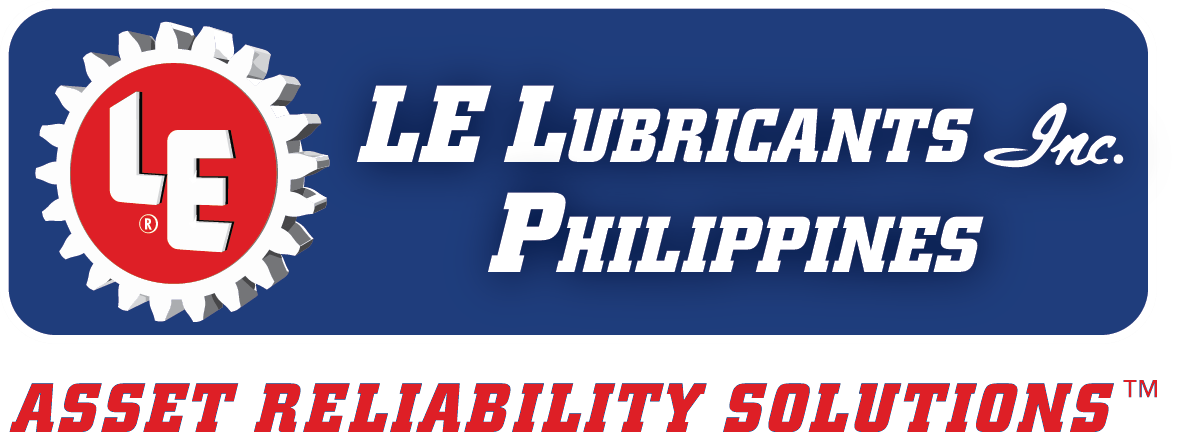
The food industry is one of the main markets for Lubrication Engineers. Lubrication and maintenance in the food processing industry can be very difficult because of the problems inherent in complex equipment, as well as problems associated with the operating environment. In spite of the size and complexity of the equipment used in the food industry, all of the machinery can be broken down into four basic types for lubrication purposes: bearing, gears, slides and chains. LE has an extensive product range for all four of these types of food processing equipment.
Our Quinplex® additive makes many LE lubricants an easy choice for food applications, while our USDA and NSF certified greases are important in sealing and waterproofing machinery.
Common problems associated with food industry applications
Moisture is an always present destroyer of lubricants and is detrimental to good maintenance. The water or steam is due to the necessity for cleanliness of the machinery and surrounding areas. It may also be a part of the process itself. This moisture can wash out lubricants, cause emulsions of both grease and oil, cause rust and corrosion and increase and hasten deterioration of the lubricant.
Hot and cold conditions create serious problems. High temperatures may come from drying and sterilizing processes, or from the steam and hot water used for cleaning. These high temperatures can cause greases to melt and run out of bearings and will speed up oxidation of both greases and oils, thereby shortening their life. In some plants there may be refrigerated or cold areas that require low-temperature mobility in greases and low pour points in oils. Wear can result from channelling of the lubricant. These areas may also create moisture problems because of condensation.
Shock loading or impact may be a factor in many areas. The lubricant may be pounded out of an area leaving metal-to-metal contact with consequent damage to surfaces. Grease may lack cohesion or adhesion; oil may be light or won’t penetrate to critical areas.
Constant use of equipment and lubricant is a challenge, with some operations running around the clock, 24 hours a day. Coupled with the other severe conditions, this constant use can cause greases to shear down or become very soft or liquid, oils to oxidize rapidly, and both to become contaminated. Lubricants may harden or thicken in service, creating increased power demands.
Nontoxicity is one of the most severe requirements imposed on lubricants used in the food industry. Agencies create regulations to control the possible effects of lubricants on beverage and food processing and packaging. These regulations can be very restrictive and often limit a lubricant’s ability to perform well.
Chemicals are an often-ignored problem in food plants and can have a deteriorating effect on lubricants. These include mild acids and alkalis in juices, syrups and other components, citric acid, carbonic acid, various salts, sugars, malts and alcohol. Other chemicals are involved in the cleaning process, including acids, alkalis, sodium hypochlorite, polyphosphates, silicates, acid detergents, sanitizing solutions, iodine sanitizers, spray insecticides, foaming additives and conditioners. The interactions of these products are often unknown, to the detriment of the lubricants.
For more information on all of LE’s food industry relevant products, click here.





